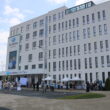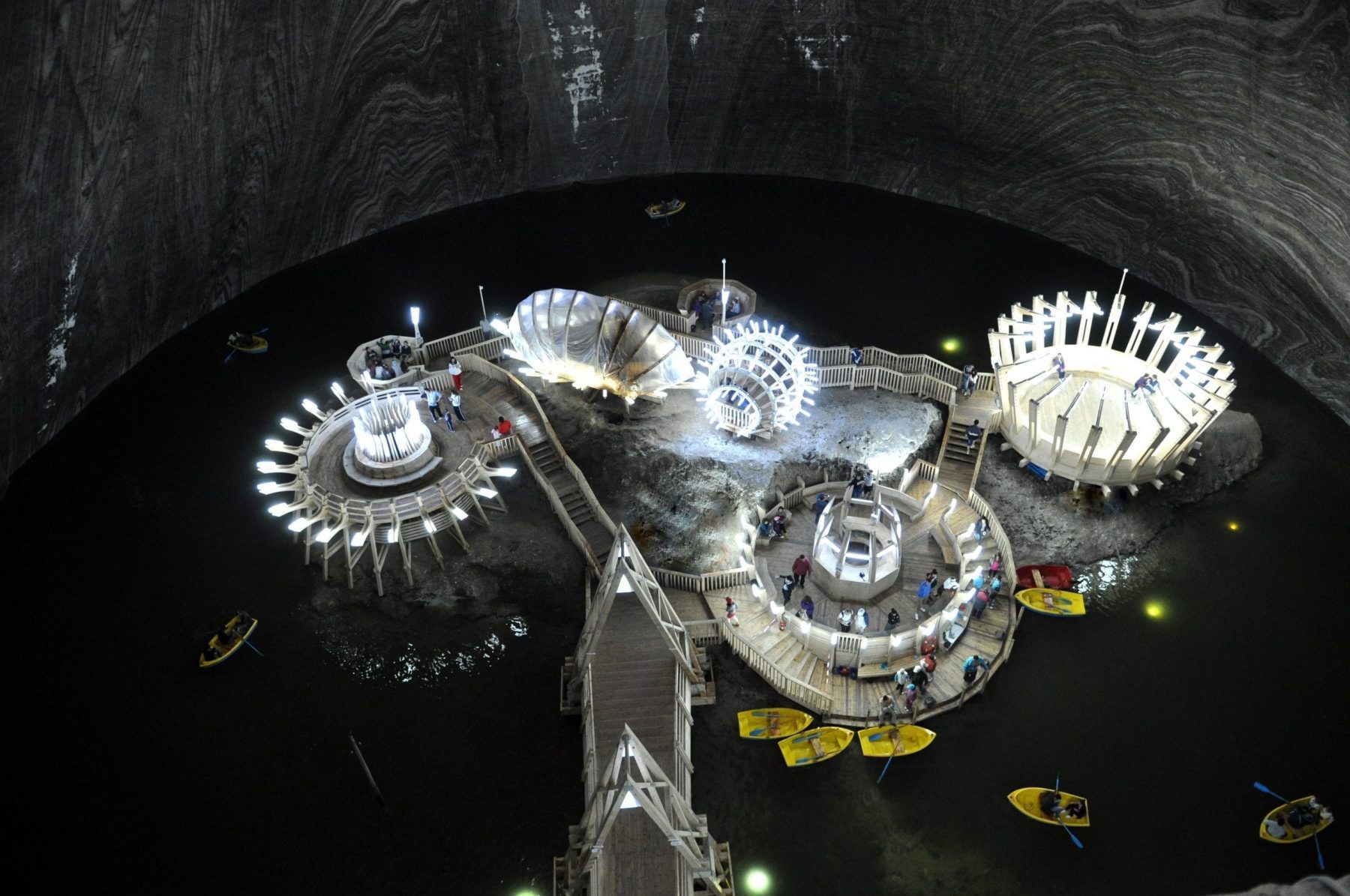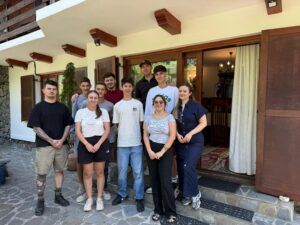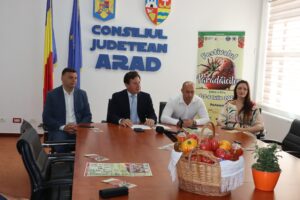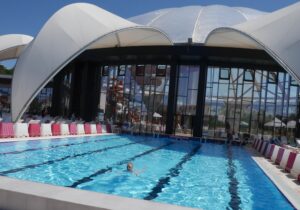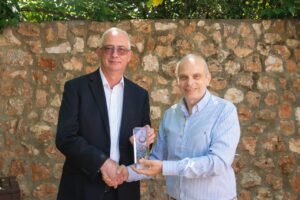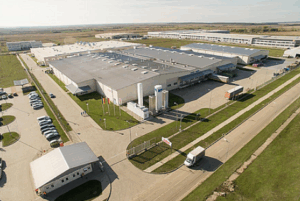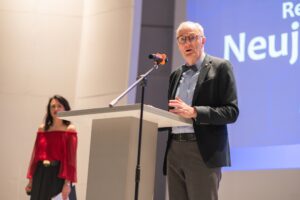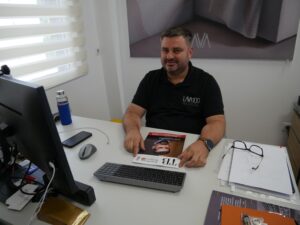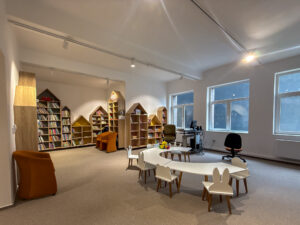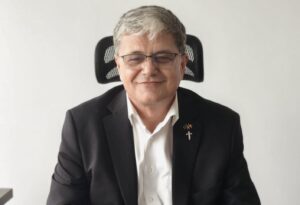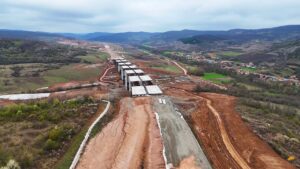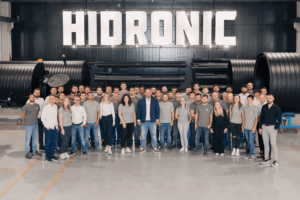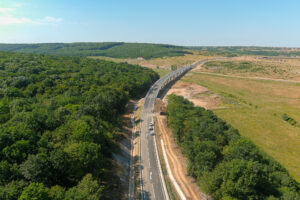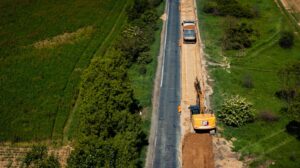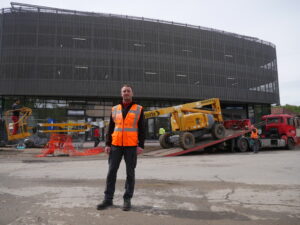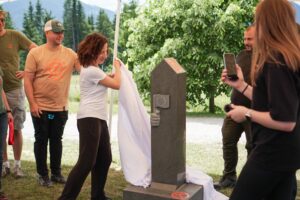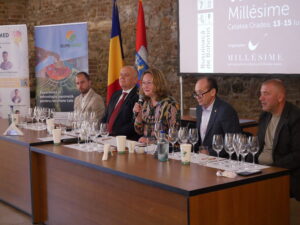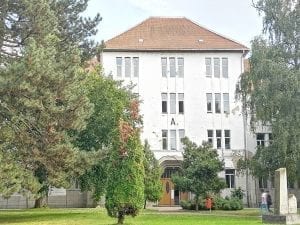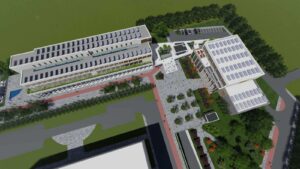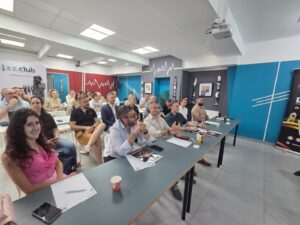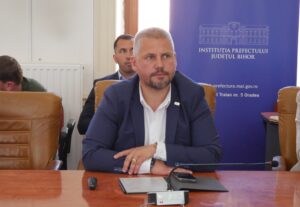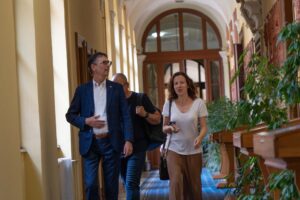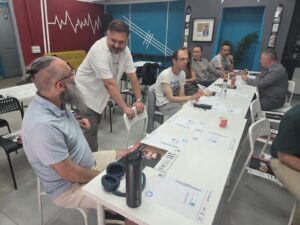We have gathered in an imaginary trail the most emblematic Cluj landmarks as an invitation for you to discover them and see the architectural and natural beauties of the county.
Bánffy Castle in Bonţida
Bánffy Castle in Bonţida is one of the architectural monuments representative of the Transylvanian Baroque, and because of the richness of elements specific to this architectural style it is also known as ‘The Versailles of Transylvania”. It was built by the Bánffy family in Bonţida village, located about 30 km east of Cluj-Napoca. The main buildings of the palace are dominated by the architectural elements specific to the Renaissance, and, in the 18th century, baroque extensions were made.
In 1387, King Sigismund of Luxembourg donated the domain of Bonţida to the Bánffy family, and at first a stronghold was built here, surrounded by a fortification system.
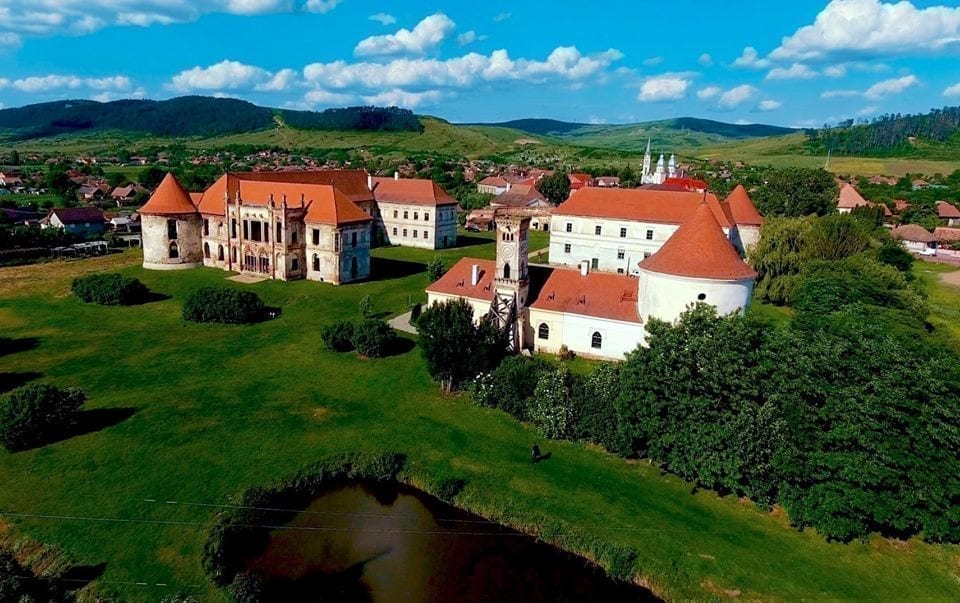
In the seventeenth century, Dionisie Bánffy builds the first building designed as a fortified ensemble, with the bulwarks in the four corners. A tower was placed at the entrance, and a garden was arranged in the south side of the ensemble.
Dionysie Bánffy II starts the reconstruction in 1745 in Austrian Baroque style. In his time, the palace is in the form of the letter U, during this period the recreational park in the same baroque style, with alleys, lake, statues and artesian fountains was built.
During József Bánffy’s time, a descendant of the family, a new wing of the building is raised, perpendicular to the southern side of the castle, he also restores the park.
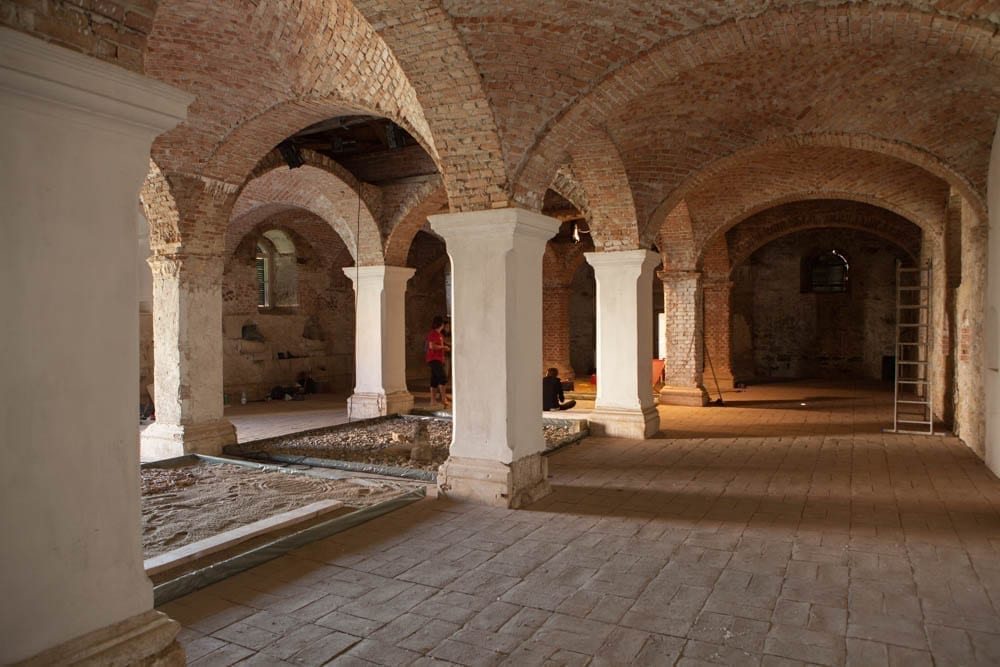
In 1944, the castle was used as a military hospital, after that it was seriously damaged by vandalism and arson of back pulling German troops. After 1950, one of the castle wings became the headquarters of Bonţida Agricultural Cooperative of Production.
Currently, the castle is managed by the Transylvania Trust Foundation, which aims to restore and capitalize on the potential of Bonţida, where many cultural and artistic activities are currently organized, attracting a large number of visitors.
The Armenian-Catholic Cathedral in Gherla
The town of Gherla was known in medieval times as Armenopolis, being one of the most important centers of the Armenian community in Central and South-Eastern Europe. A thriving community of merchants decides to raise a cathedral in 1748. From 1748 up to 1804 in the center of Gherla, now Gheorghe Şincai street, stood a monumental Baroque church dedicated to the Holy Trinity, with St. Gregory the Illuminator as secondary saint.

The church is an architectural monument of Baroque Transylvanian style. Over the main entrance three steeples were raised – a main steeple framed by two smaller secondary ones. Besides the main altar, there are four other altars: the altar dedicated to the Virgin Mary, the one dedicated to St. Gregory the Enlightener, the altar dedicated to St. Joseph and the last one dedicated to St. John of Nepomuk. The main altar, as well as the secondary ones, is decorated with paintings and statues specific to Baroque style.
In the church there is a painting, „The Descent of Jesus from the Cross” which is told to be the work of Rubens. This painting was given to the church by Emperor Francis I as a token of gratitude for the important donations to the imperial treasury. The church had a fence on which the statues of the Apostles stood. In 1960, this fence was demolished; the statues were moved inside to the northern entrance of the church and, in the hall of it. The statues of the Apostles Peter and Paul are full size.
Beliș-Fântânele Lake
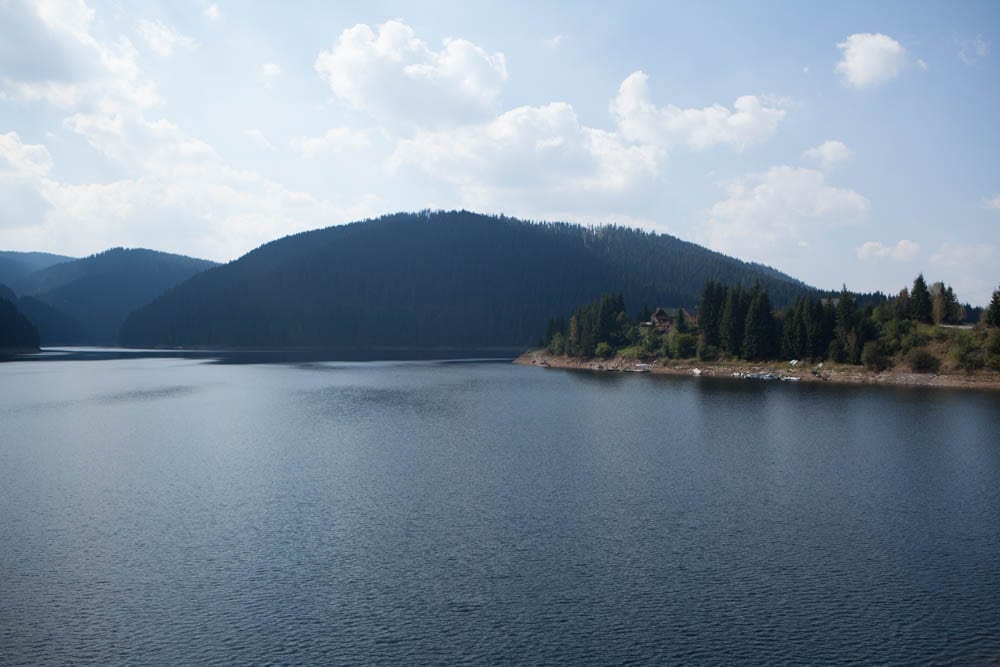
Beliș-Fântânele Lake falls into the category of barrier lakes, is located at the confluence between Gilău Mountains (East), Vlădeasa Mountains (West) and Muntele Mare (Big Mountain) (South), in Cluj county. It has an area of 9.8 square km and a length of 13 km, being at an altitude of 990 m. The main purpose of the barrier lake is electricity production, this dam ensuring the flow required for the hydroelectric power plant in Mărişel.
Between 1970 and 1974, the villages frrom the valley of Warm Someș river were displaced, and people were forced to leave their households. On the dry summers, when the discharge of the lake is very small, one can observe the ruins of the church in Giurcuţa de Jos.
Nowadays, the Fântânele resort is on the shore of the lake.
Turenilor Gorge
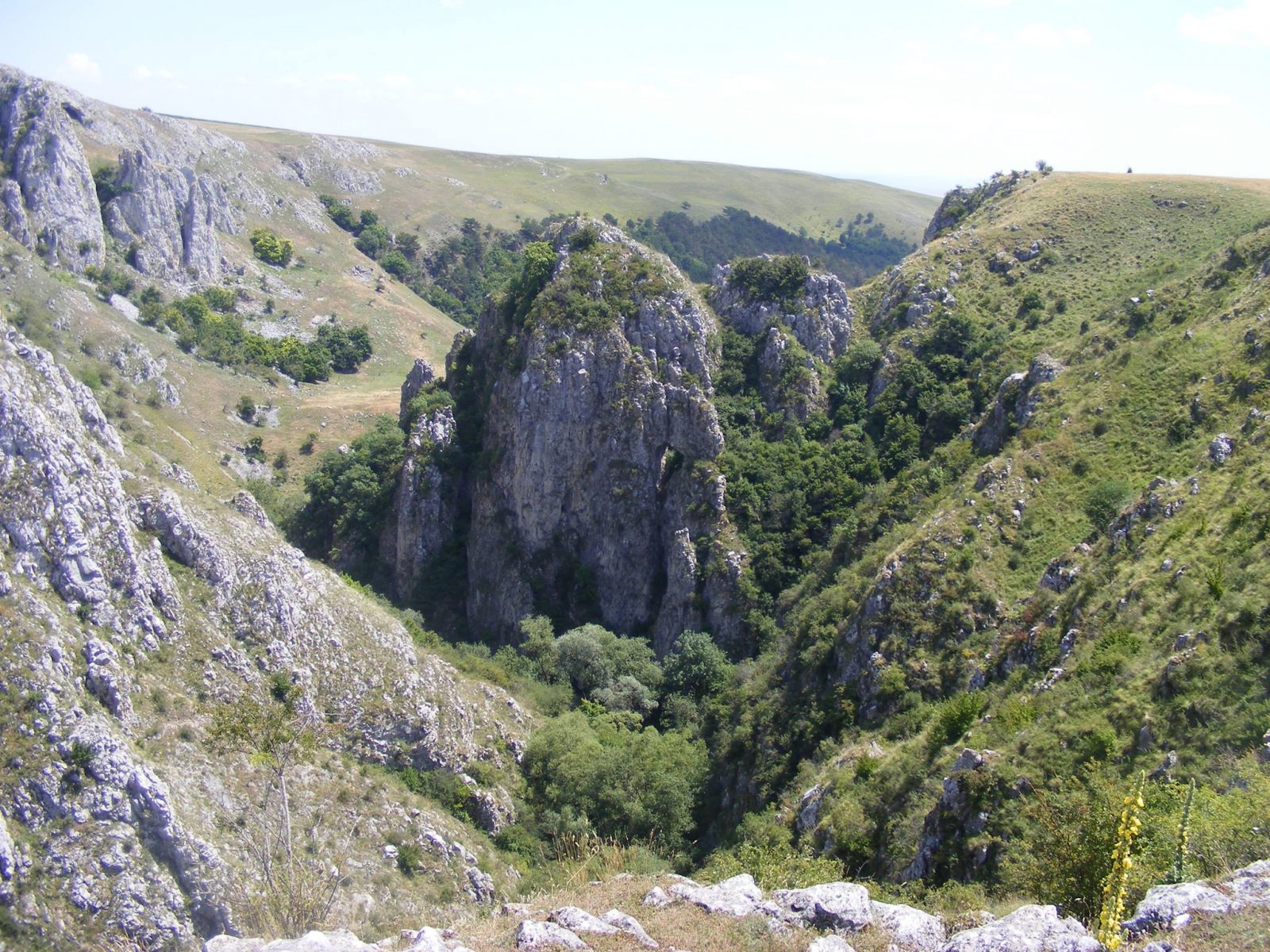
Turenilor Gorge or Turului Gorge, located near the Turzii Gorge, and have a length of approx. 2 km, with tall walls, being „carved” by the Racilor (Lobster) Creek.
In these gorges one encounters numerous rapids and small waterfalls, as well as the slopes that shelter numerous cavities.
The flora is represented by shrubby vegetation (hawthorn, hazel and wild rose), annual dominant species (feathered pink, rampion), hornbeam forests, pastures and hedges.
From the point of view of fauna, it is represented by insects, amphibians (bittern, Transylvanian newt), birds (raven, wheatear), and so on.
Turda Salt Mine
Salt Turda is one of the main tourist attractions of Transylvania, representing a true Salt Mining Museum in Transylvania, a modern recreational base and, at the same time, a treatment base. The age of the Transylvanian saliferous bed is about 13 million years, the Turda salt mine being part of the same alignment as Ocna Dej, Sic, Cojocna, Valea Florilor and Ocna Mureş.
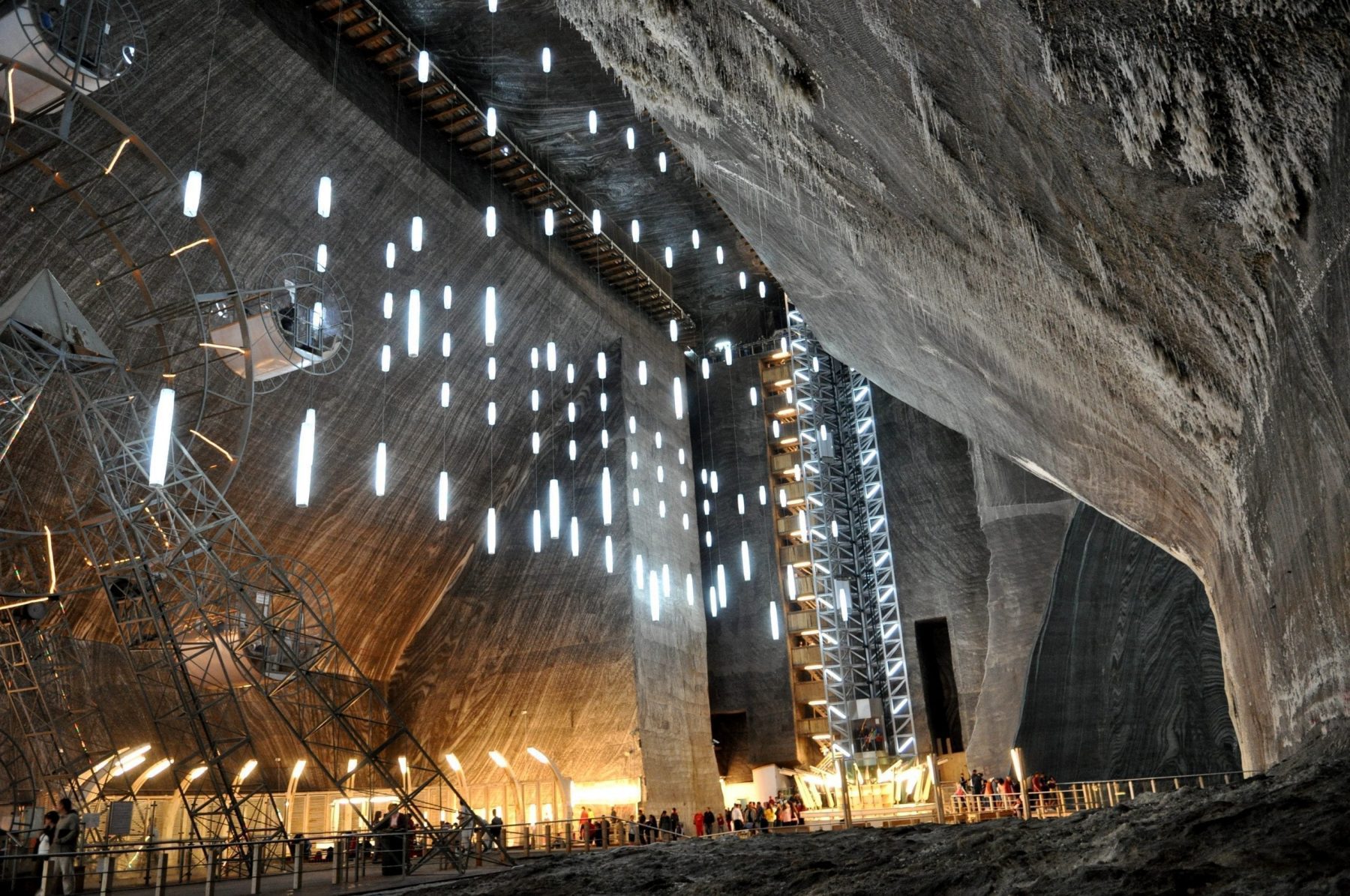
It is assumed that the first stages of salt exploitation began in the Roman era, but the first evidence of activities related to extraction dates back to the 11th century when a document issued by the chancellery of the Hungarian Kingdom notes the establishment of a salt custom-house in Turda.
Since 1918, Turda Salt Mine’s role diminishes due to mining technology and mining development at Ocna Dej and Ocna Mureș. Since 1932, it has been closed, being used during the Second World War as antiaircraft shelter.
From 1950 to 1992 it was used as a cheese warehouse, and, after 1992, it was included in the tourist circuit.
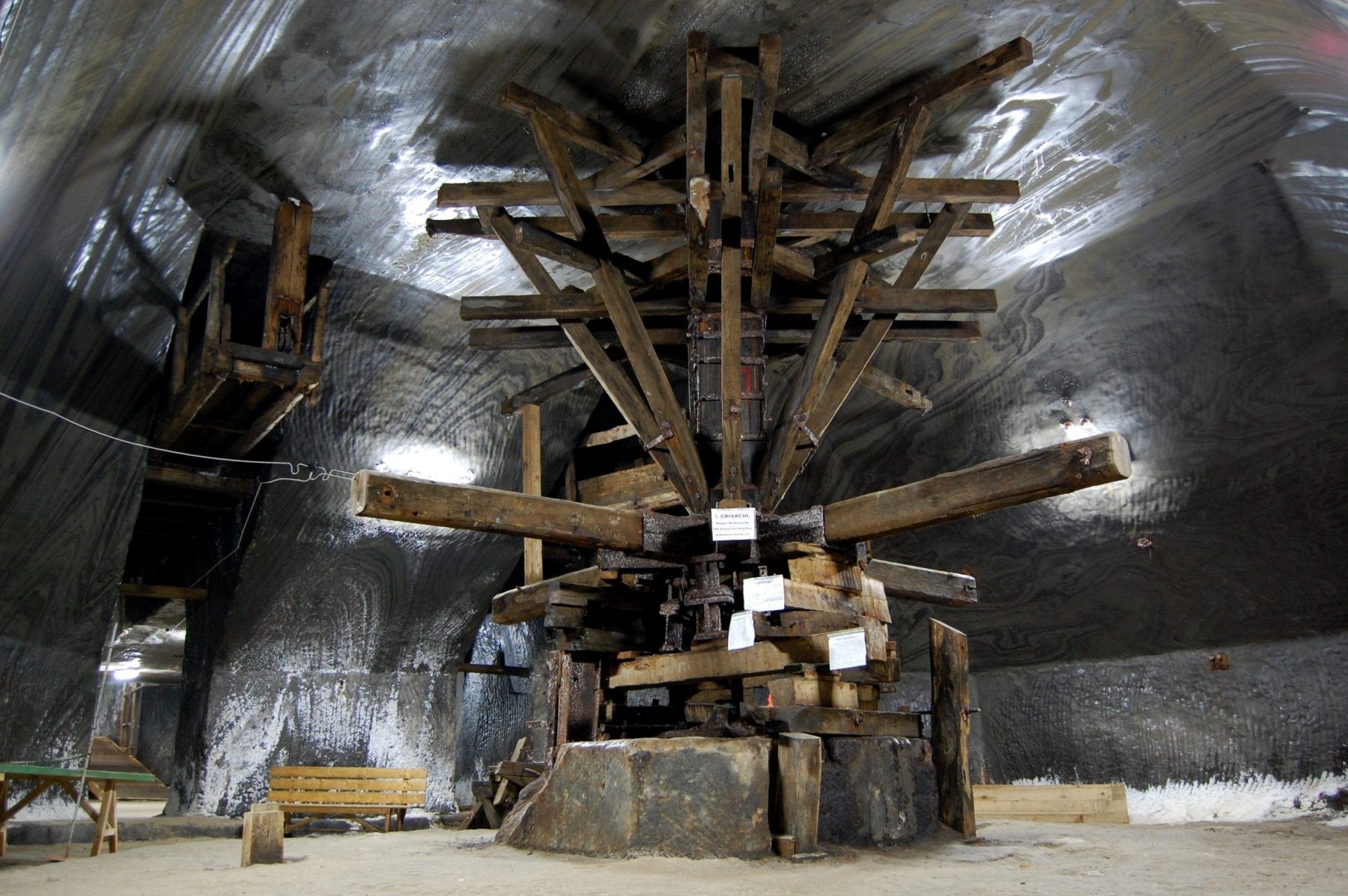
Turda Salt Mine underwent a major renovation process as a result of a €5.8 million project, and became a modern recreational and treatment centre. Thus: a panoramic lift, a mini-golf track, two mini-bowling tracks, a sports ground and an 180-seat amphitheater that hosts various concerts, were furbished. Also, there is a carousel that offers a panoramic view of the Rudolf Mine. A subterranean lake has been set up in Terezia Mine, offering opportunities for boat rides at 112-meter deep, in the salt mountain. Mine Ghizela was arranged to serve exclusively for spa treatment activity.
The Reformed Calvinist Church in Mănăstireni
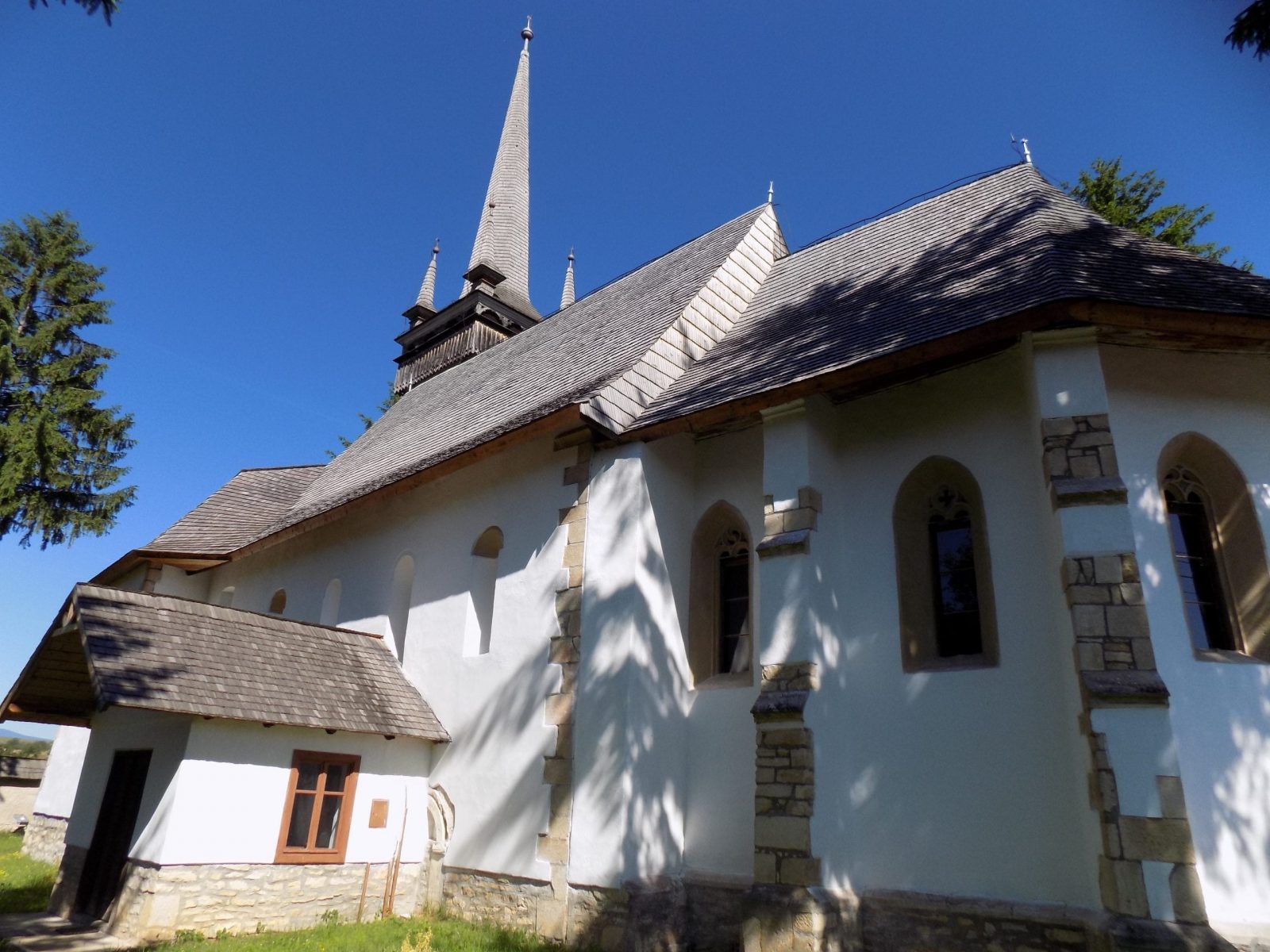
The Calvine Church of of Mănăstireni was built in the 13th century, and it is a Romanesque hall church. The furniture, the pulpit and the ceiling with bays date back to the 18th and 19th centuries.
On the southern façade of the western tower there is a solar watch and two bass reliefs from Roman times – Archangel Michael killing the dragon and Melusina – the virgin breastfeeding two snakes – this representation being unique in Transylvania. At the base of these sculptures we find two Roman funerary lions. On the north side, we find a simple rose window in the shape of St. Catherine’s wheel.
The Holy Trinity Orthodox Monastery in Feleacu
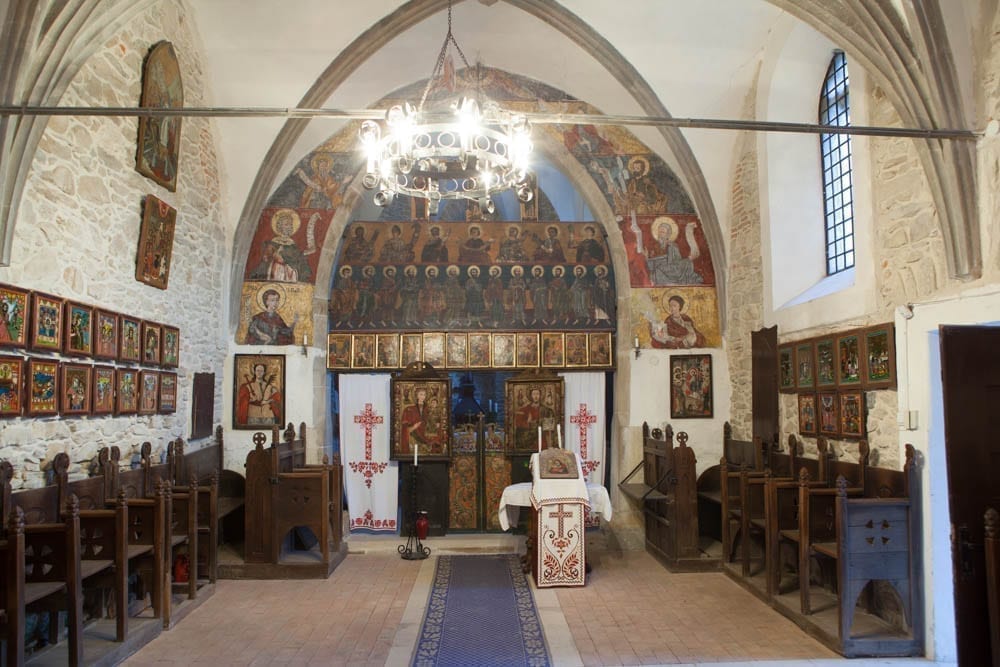
In the hilly area of Feleacu village, located about 8 km from Cluj-Napoca, lies the Holy Trinity Monastery. In 1488, the vaivode of Moldavia, Ștefan cel Mare (Stephen the Great) (1433-1504), builds the church of Saint Paraschiva in Feleacu. It is a church with a polygonal altar over which one can find the broken spring, a specifically gothic element, the painting on the arch that separates the altar from the nave, dating back to the eighteenth century.
In 1993, the foundation stone of the church dedicated to the Holy Trinity, a monumental church made in Moldavian Byzantine style, was laid-down. In the courtyard of the monastery there is a museum that is a reconstruction of a house from the Feleac area of the 19th century, which was restored between 2008-2010. This museum includes some glass icons Nicula style and a number of old prints, including the Ștefan Cantacuzino Gospel from 1682.
Muntele Băişorii Resort
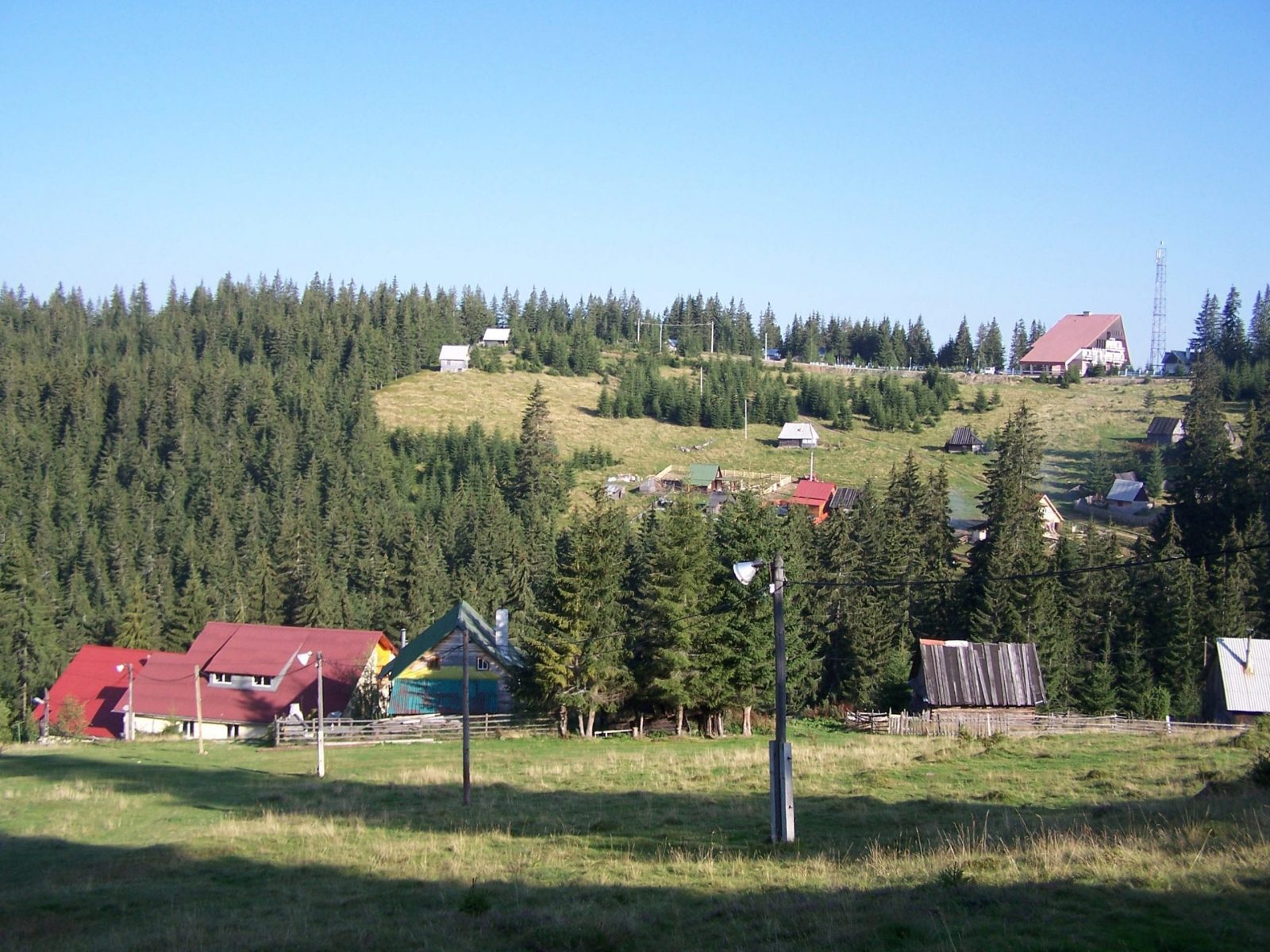
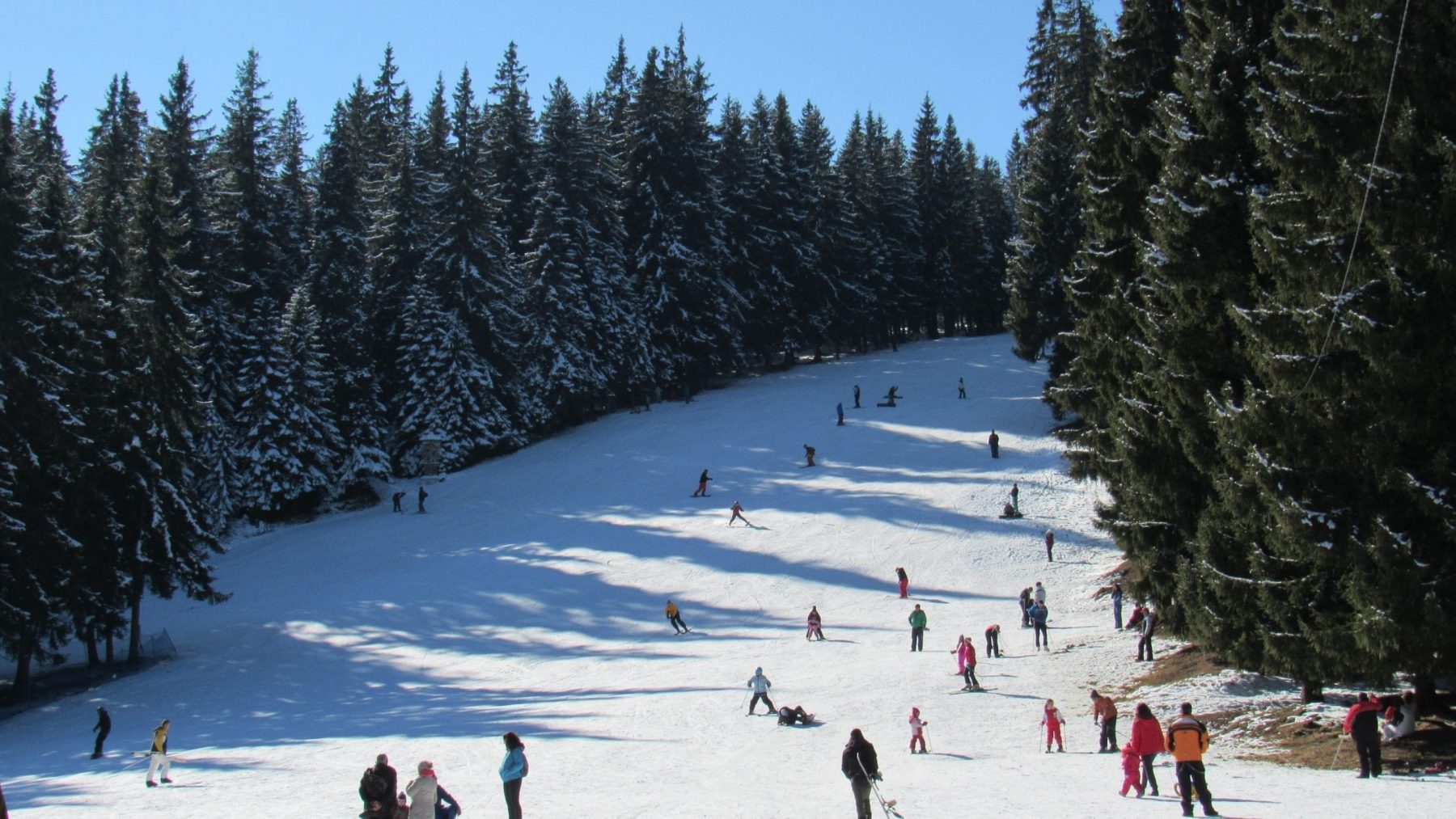
The resort is found at the foot of Muntele Mare Mountain from Apuseni Mountains, on the course of Iara river, at heights between 1200 – 1400 m, offering a vast view and a remarkable surrounding landscape.
Muntele Baisorii Resort can be visited in any time of the year, offering recreational opportunities for spending free time in all seasons. In the winter, the biggest attraction of the area are the ski and snowboarding slopes. In the other periods of the year, the resort is visited due to the natural beauties it offers. The marked trails can be used for activities such as mountain cycling and hiking.
The tomb of Mihai Viteazul in Turda
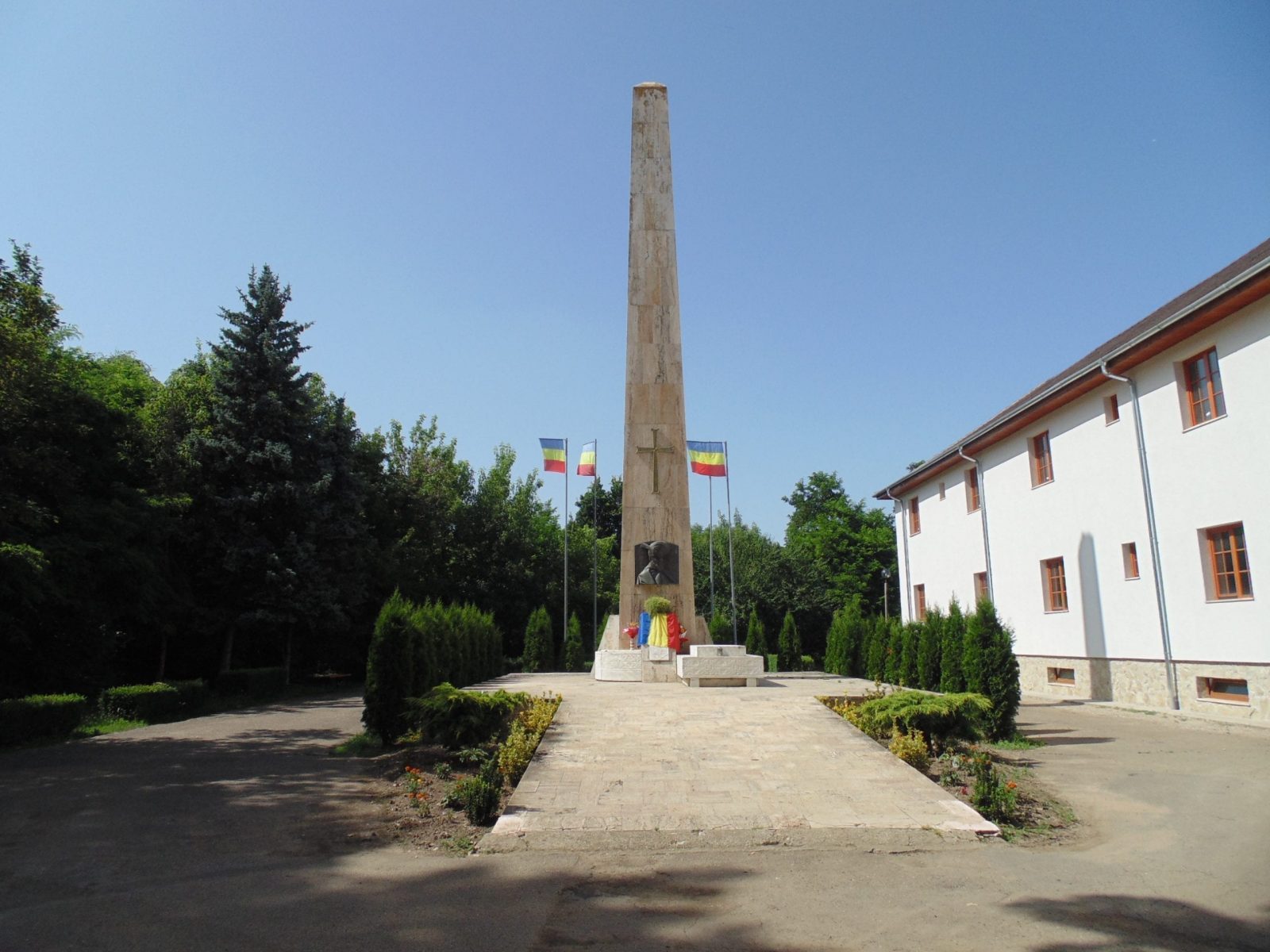
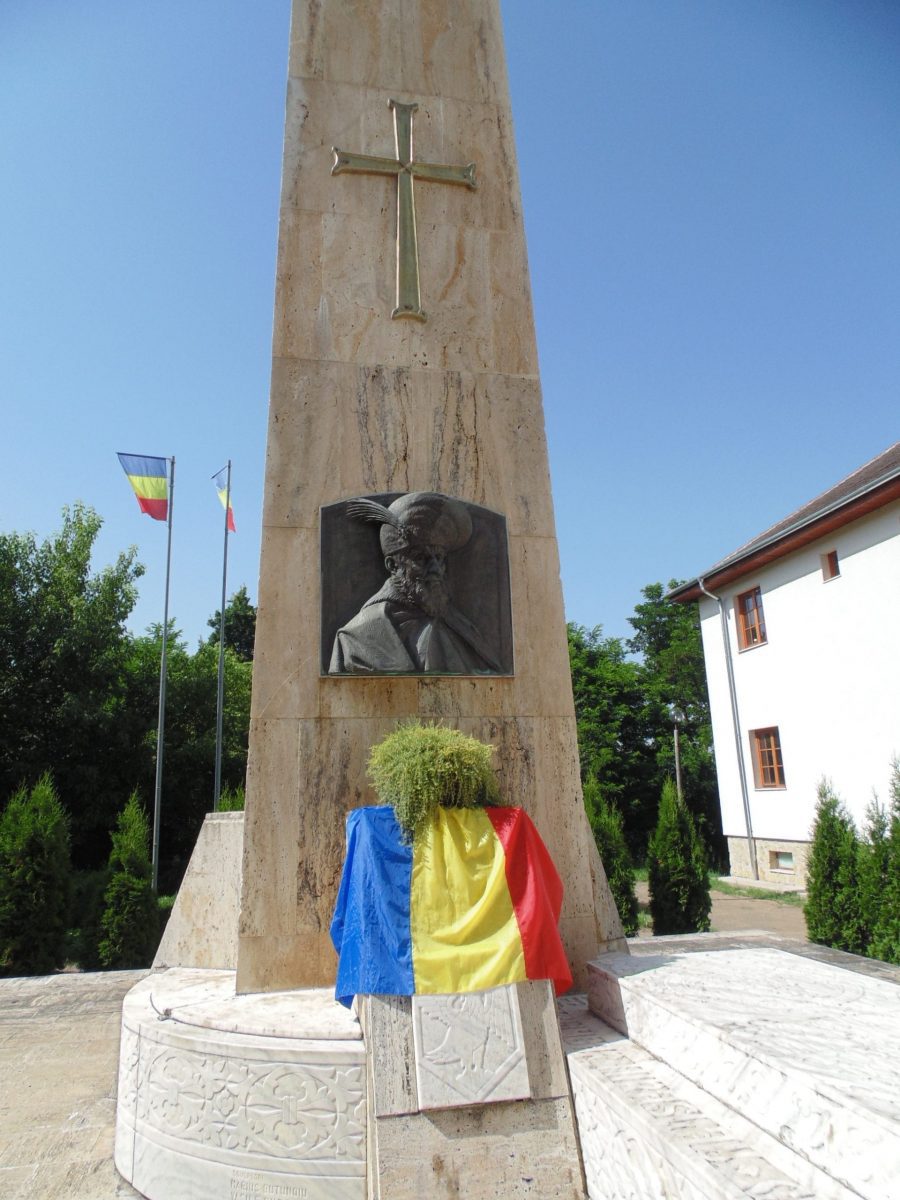
The monument is the work of the sculptor Marius Butunoiu and was erected in 1977, being dedicated to Mihai Viteazul (Michael the Brave) (1558-1601), the first Romanian vaivode to succeed in the political unification of Wallachia, Moldavia and Transylvania. He was assassinated in 1601, near Turda. The obelisk has the symbolic height of 1601 cm and, it is made of reinforced concrete with travertine. The monument has three sides, each symbolizing one of the three Romanian principalities, at the base of the obelisk are the three coats of arms made of marble by the artist Vasile Rus Batin.
Bánffy Castle in Răscruci
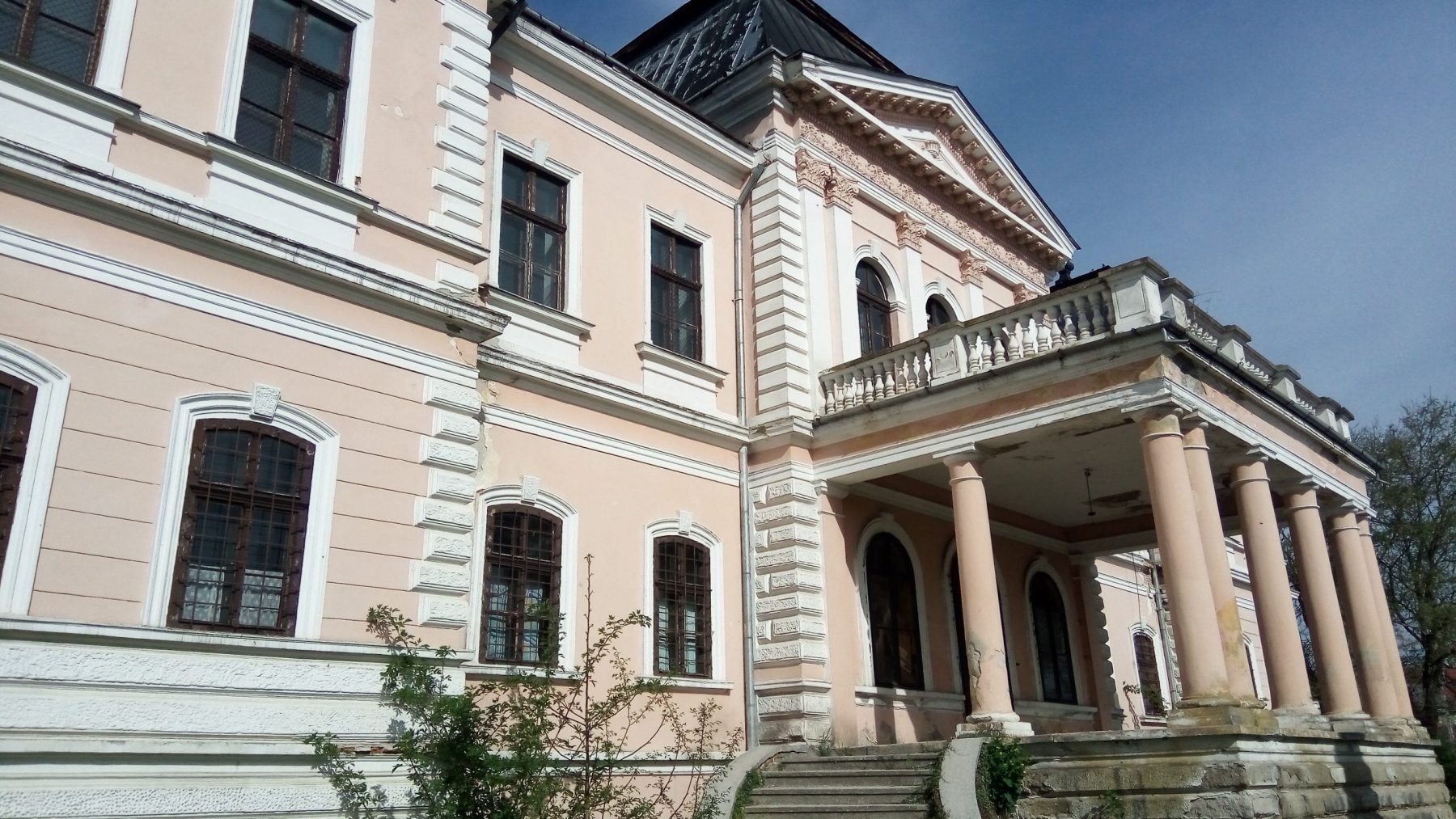

Răscruci village was owned by the Bánffy family, being part of the Bonţida domain. The castle was built in eclectic neoclassical style, and it was surrounded by a vast park, the domain was used as the Bánffy family’s summer residence. The entrance to the castle pavilion, built by Count Dionisie Banffy, is made on two stairways buit in the southern part, leading to the terrace supported by eight Doric columns. In the events of 1848, the property was damaged, and Adám Bánffy was the one who rebuilt it, and also took care of the interior design.
The parlour, built in the Renaissance style, has wooden walls and coffered ceiling. Above a door is a sculpturi with a Latin inscription „Salus intratibus pax exeuntibus” („Health to those who enter, peace to those who go leave”). Upstairs access is through a staircase with solid wood railings, and from the castle’s balcony one can see the whole Banffy domain.
Lake Ştiucii (pickerel)
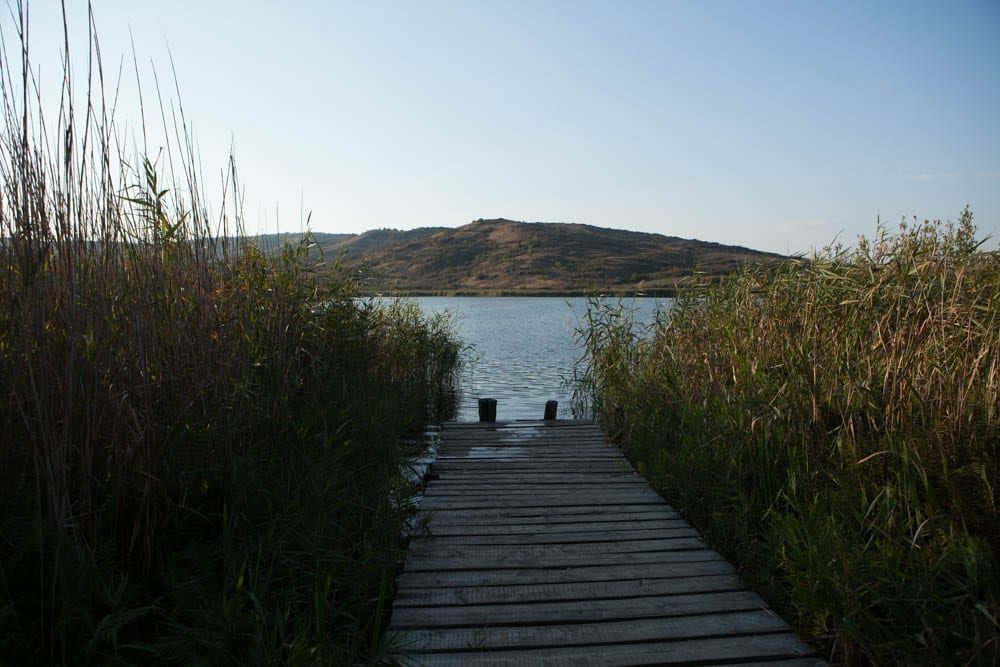
Lake Ştiucii is a protected area of national interest, located in Fizeşu Gherlii village, Săcălaia. The pickerel is the dominant piscicultural species of the lake, and gave the reservation its name. The protected area has approximately 57 hectares, with some rush-bed zones. This environment has favored the development of a biodiversity of fauna and flora almost similar in number of species to the Danube Delta. This is a freshwater lake on a salted soil, where there are species of fishing stock such as the pickerel, zander or cat-fish, also species as the carp, crucian carp, and birds like coot, bunting or aigrette.
Dej Synagogue
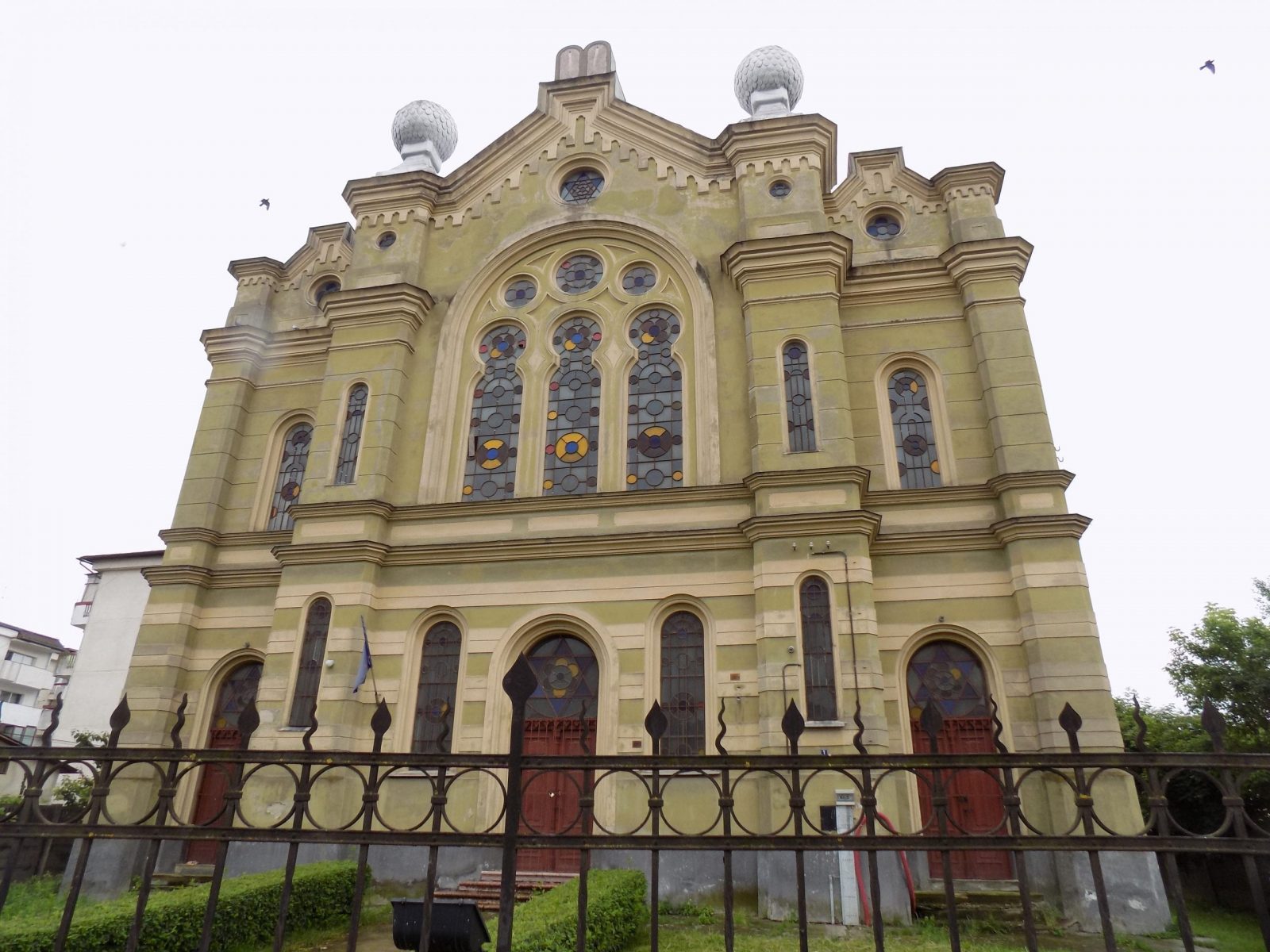
The Jews in the Urişor area settled in Dej in the eighteenth century, and rabbi Mendel Paneth settling in the city in 1853. The Mosaic community buys a property, raises a house of prayer and arranges a cemetery. Between 1907 and 1909, this community raises the city’s synagogue, located on Ştefan cel Mare Street, no. 1, one of the most beautiful in Transylvania.
Reformed Calvinist Sic Church
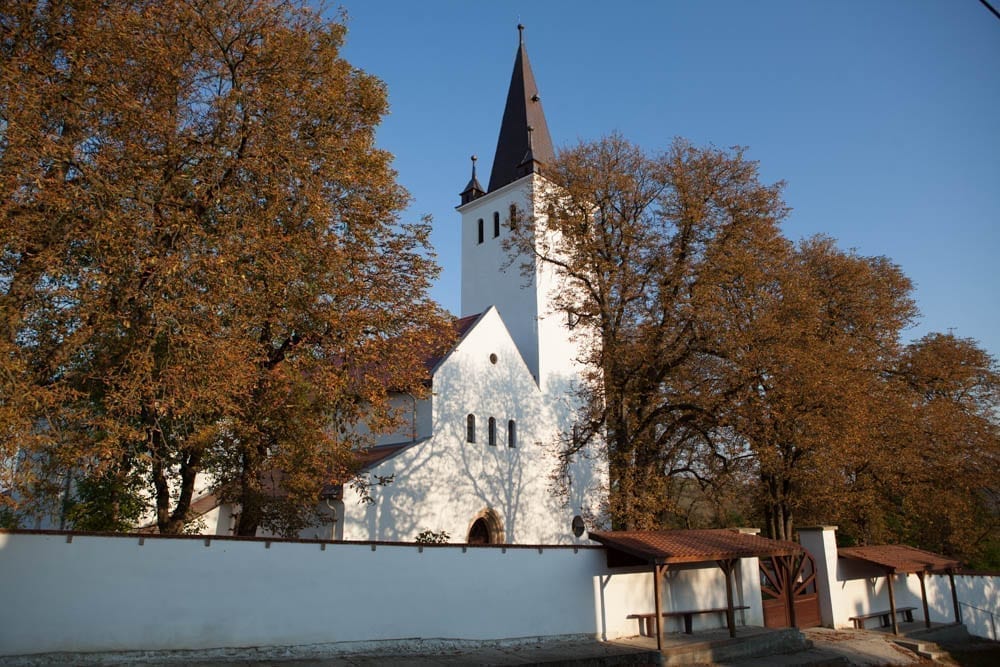
The Reformed Calvinist Sic Church dates back to the 13th century. The church is raised with the help of King Matthew Corvinus and is dedicated to the Holy Spirit. The edifice is an architectural monument with Gothic style traits. During the Reformation, the Sic community adopts the Calvinistic confession. A synod of Reformed Churches was held in this church, in 1555, which was attended by Francis David, the founder of the Unitarian Confession.
In several chronological stages, the church was also the cathedral of the Reformed Calvinist confession. It was restored several times in the 15th-16th centuries after the tatar invasion of 1717 in the eighteenth century, which seriously damaged it, and between 1946-1947.
Inside, there are frescoes that date back to the 14th century, a coffered ceiling, organ and bells dating from the 18th century.
Bologa Fortress
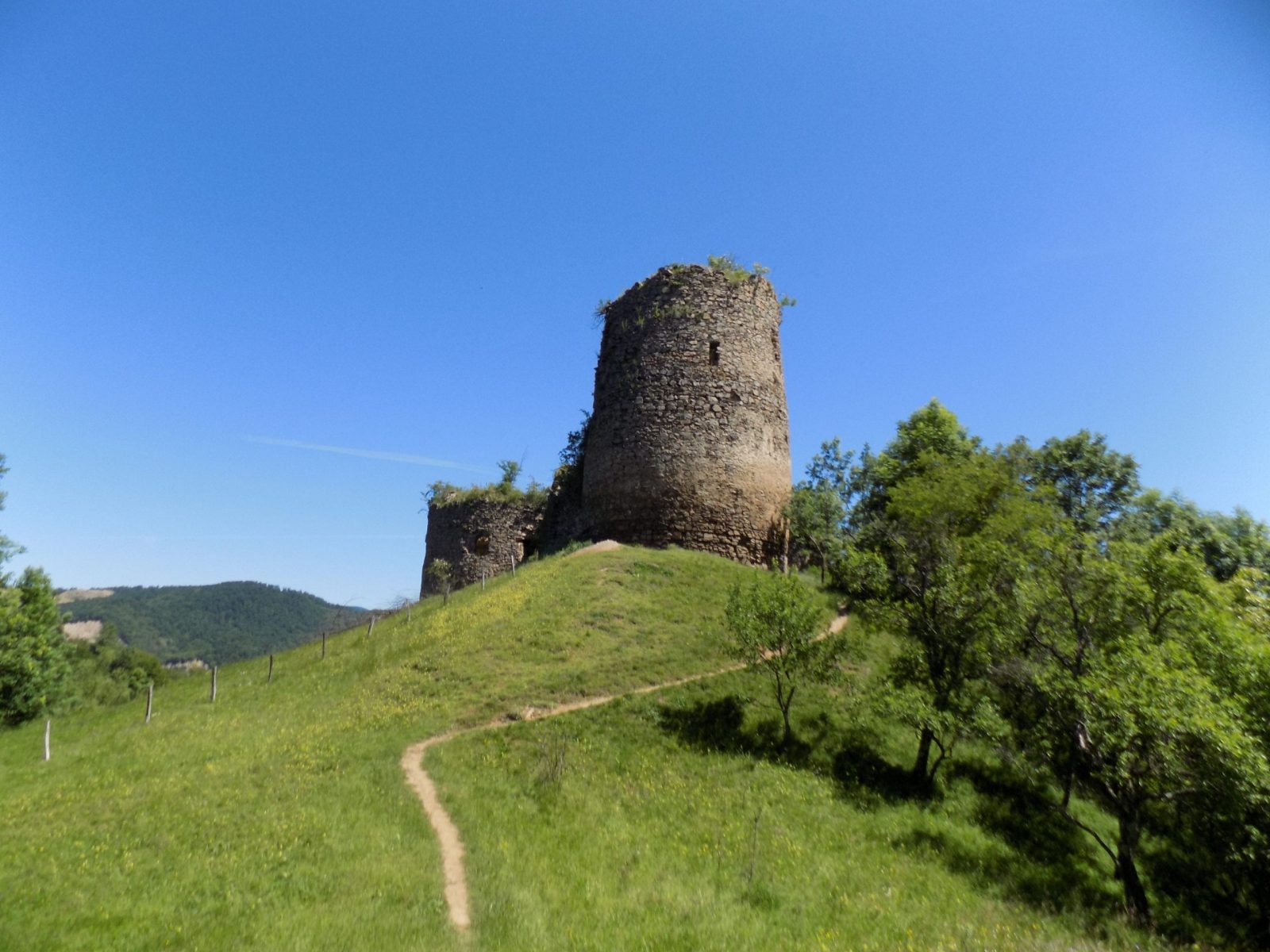
Bologa fortress, situated at the foot of the Vlădeasa Mountain, was one of medieval Transylvania’s most important fortifications. The first documentary attestation of Bologa fortress, dating from 1304, mentions it as Sebuswar, a form preserved in subsequent mentions.
Bologa fortress was used continuously until the 18th century, suffering numerous transformations and additions. This is particularly noticeable by the circular donjon, one of the very few preserved in Transylvania.
In 1399, the fortress was donated by King Sigismund of Luxembourg to the Prince of Wallachia, Mircea cel Bătrân, for his contribution to the anti-Ottoman wars. The importance of the fortress grew in the seventeenth century, after the Turks conquered Oradea, when the garrison of the Bologa fortress stopped the Turkish army from entering through the pass of Crişul Repede river. At the beginning of the eighteenth century, during the liberation war led by the Prince of Transylvania, Francis Rakoczi II, against the Habsburg domination of Hungary, the fortress was blown up by the soldiers, for it not to fall into the hands of rebels, supporters of the movement release. In the middle of the twentieth century the tower lost its roof, one of the last preserved wooden elements.
Lake Tarniţa

Lake Tarniţa is a reservoir lake located on the Warm Someş river. It spreads on over 200 ha, and the existing dam is made of concrete, in the form of an arch, with a height of 97 m, and a length of 232 m, with the main purpose of producing electricity.
The lake is the main water supply for the treatment plant at Gilau, which provides drinking and industrial water for Cluj-Napoca and other ubieties in Cluj County.
Various sports or sporting competitions are organized here by sports associations, periodically.
Orthodox Monastery, “The Assumption of Our Lady” from Nicula
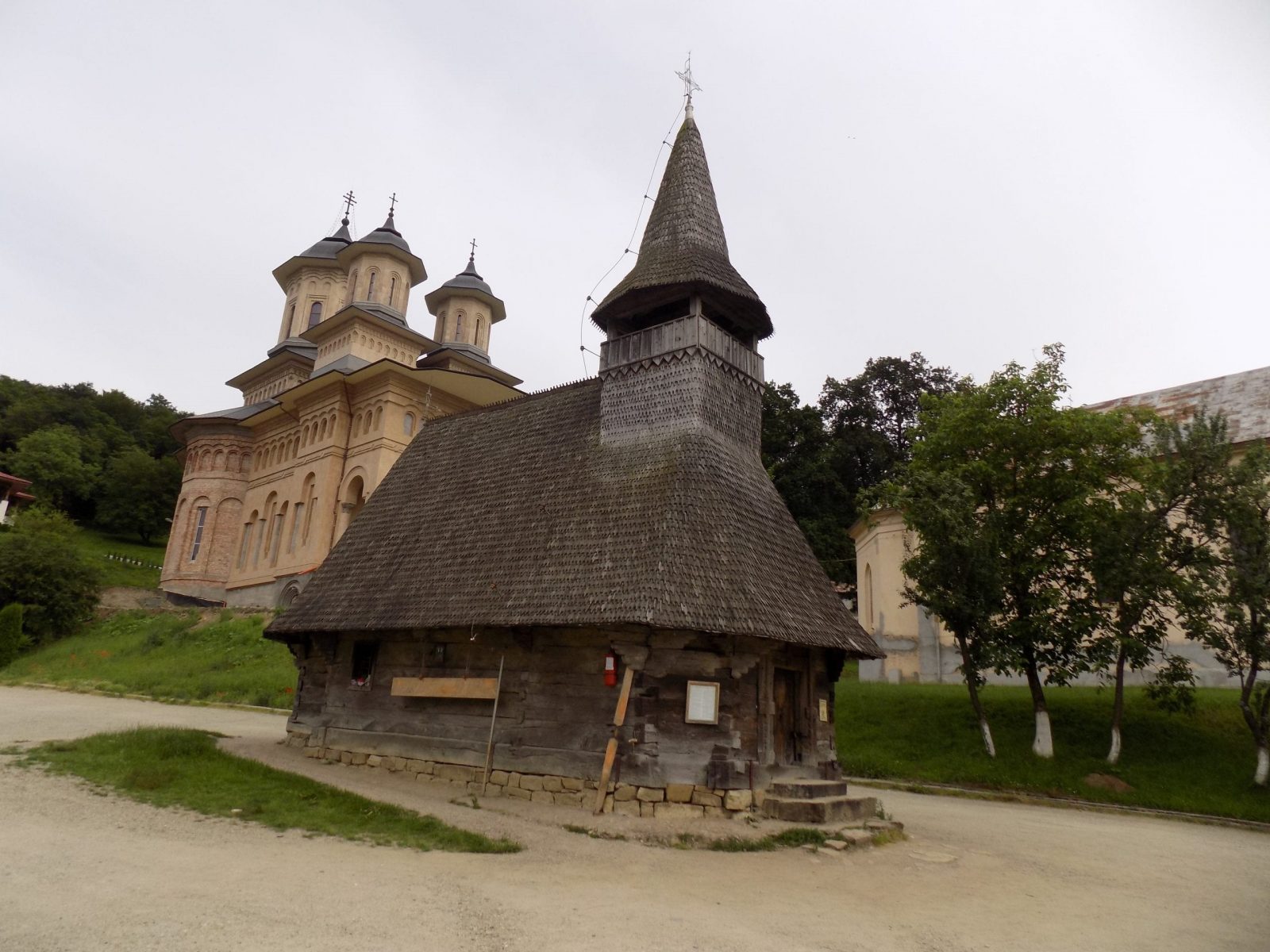
In the hilly area of Nicula village, about 7 km from the Gherla city, a monastery has developed to become one of the most important monastic centers of Transylvania. The year 1699 is marked by a miraculous phenomenon: The Icon of the Mother of God, painted by the priest Luca of Iclod, weeped between February 15 and March 12, 1699. Currently, on every August 15, here is the largest pilgrimage in Transylvania, with the celebration of the Assumption of Our Lady, the patronage of the monastery.
In the area of Nicula Monastery a iconographic painting center on glass is being developed, a technique imported from Bohemia, Austria and Bavaria. But the difference between the icons in Nicula School and those in Western Europe consists in the specific stylistic elements related to the fact that most of the authors were anonymous craftsmen from rural areas, and, the themes are, almost exclusively, religious ones.
The first documentary attestation indicates the existence of a Maramures-style wooden church dedicated to the „Holy Trinity” which was destroyed by a fire in 1973, being replaced by a XVII century wooden church.
The first church was built between 1875-1879-1905, a large building with two towers above the narthex. The altarpiece of the Virgin Mary’s miracle-making icon is carved in lime.
Nowadays, beside the wooden and stone church, a monumental church in Brancovan style has been erected and an architectural ensemble meant to become a patristic study center and workshop for the continuation of the tradition of the Nicula painting school on glass.
Nicula Monastery also has a museum endowed with a rich collection of glass icons from Nicula, Fagaras, Scheii Brasov, as well as with icons from Maramures made on wood and some icons dating from the 16th-18th centuries. The museum also has a collection of church books, wooden and root sculptures, ceramics, fabrics, and towels.
Cluj-Napoca Art Museum
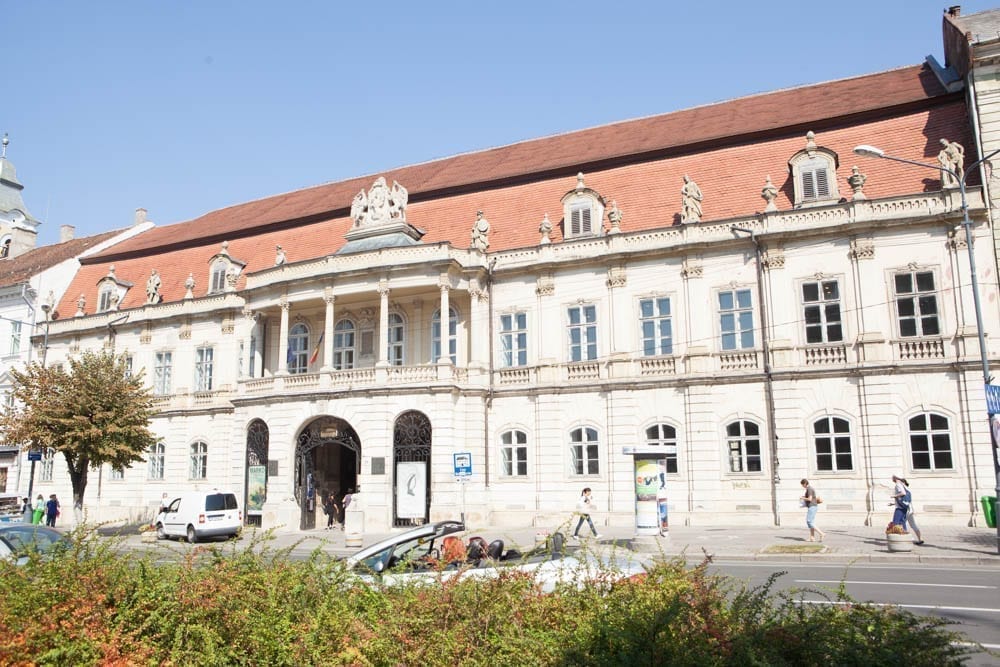

Founded in 1951, the Cluj-Napoca Art Museum benefited from older patrimonial funds: a collection of art from the funds of the former Transylvanian Museum and, in particular, from the „Virgil Cioflec” art gallery.
The museum’s headquarters are in Banffy Palace, built between 1774-1785 as the private residence of Count Gheorghe Bánffy, governor of Transylvania, by German architect Johann Eberhard Blaumann.
The National Gallery is the permanent exhibition of the Art Museum of Cluj-Napoca hosted in 21 rooms on the first floor of the building. The Art Museum of Cluj-Napoca includes more than 13,000 valuable pieces of Romanian and universal art (XV-XX centuries), consisting of paintings, sculptures, graphic arts, decorative arts and documentary background.
“Simion Barnutiu” Central Park from Cluj-Napoca
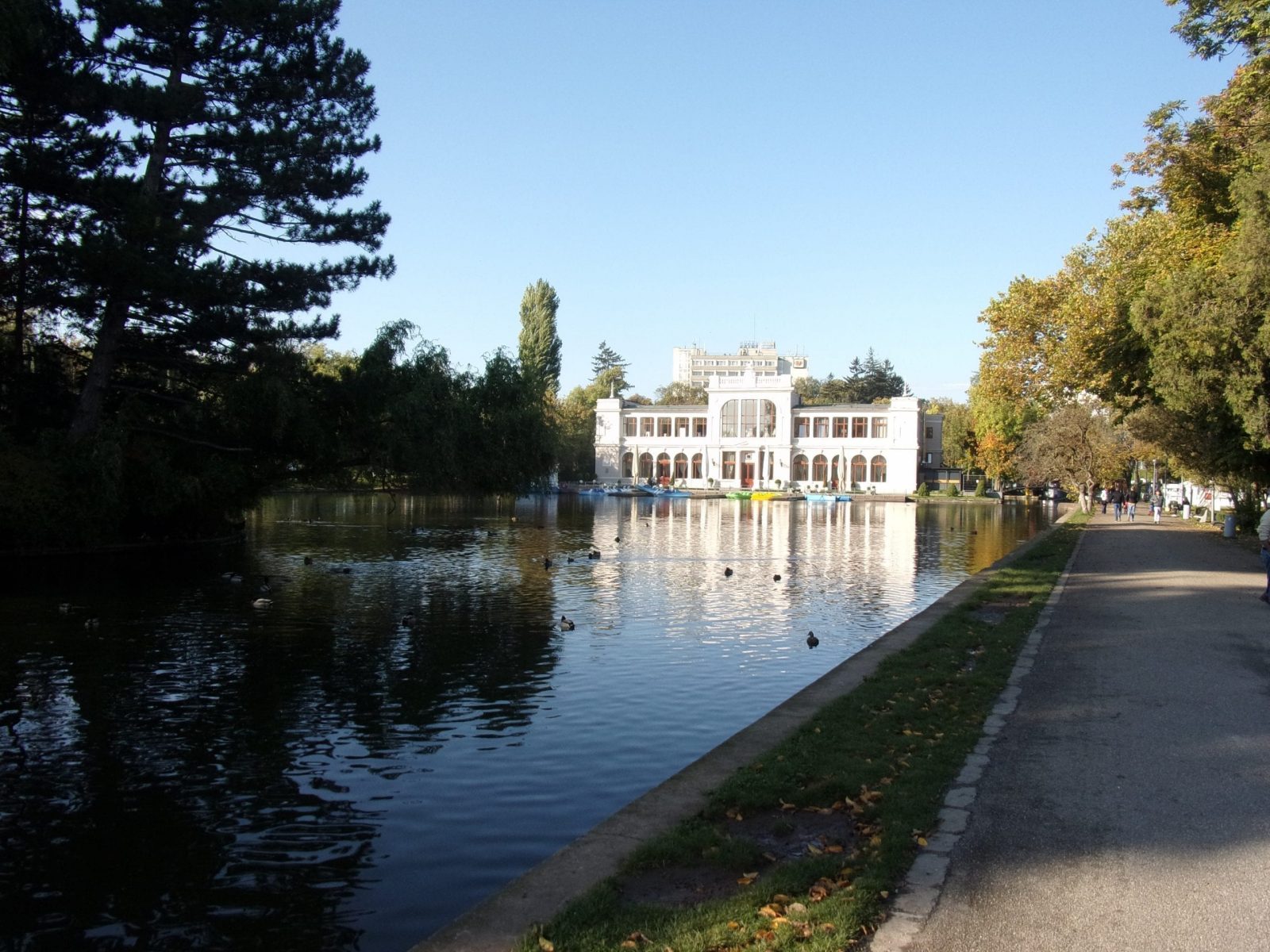
The Central Park, also known colloquially as The Big Park is open to the public from 1830, initially named “The People’s Park”. Later, the alleys were set up, the lake and in 1874 The Summer Theatre was inaugurated, today being The State Hungarian Museum. The skating pavilion (today the Chios restaurant), the casino building and the artesian well were built in an eclectic style. After 1989 the park was named “Simion Barnutiu” Central Park.
Today, the Central Park enjoys a great popularity. All persons who pass through it can relax making use of the great variety of opportunities which the park offers. The open air setting is offering, besides the Flora, a nocturnal basket ball course, free access to fitness equipment, an artesian well surrounded by benches, a specially designed children park, a restaurant. In the park are found statues of famous personalities like Antonin Ciolan, George Cosbuc, Liviu Rebreanu, Octavian Goga, Sigismund Toduta.
The Casino Building and the lake are the main attractions. In the summer, promenades with the cockles and water bicycles can be made on the lake. Also in the summer, there are symphonic music concerts and civil marriage ceremonies organized near the artesian well.
The Matei Corvin House
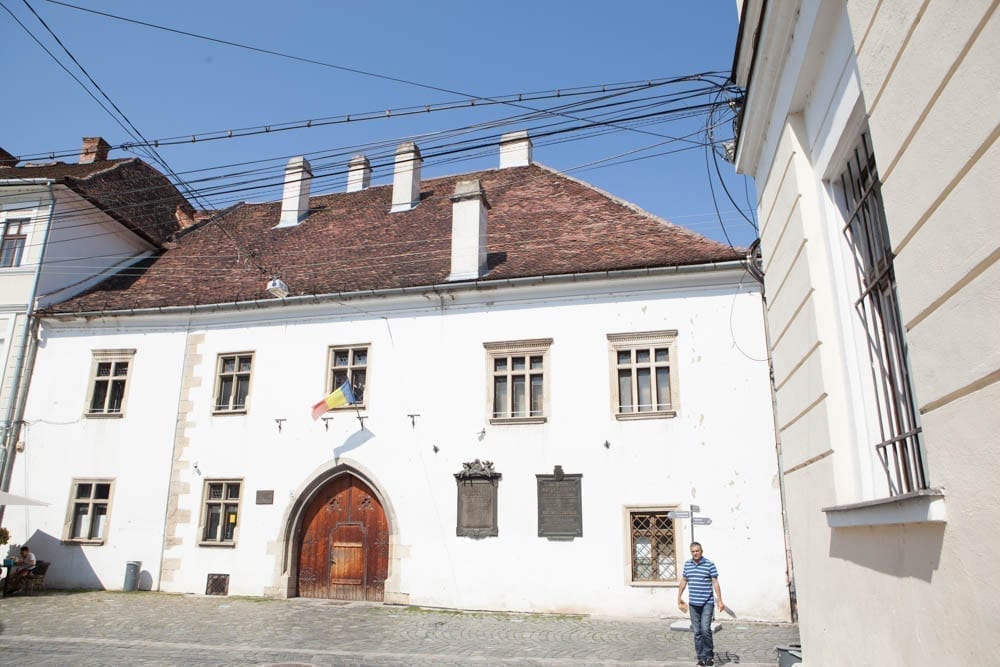
The Matei Corvin House, located on Matei Corvin Street no. 6 in Cluj-Napoca, is the only real estate of the 15th century that is still in its original form. It is a Gothic building that was built by merging three houses, the ogival gate being the defining architectural element that fits it into this style.
According to legend, Matei, the king of Hungary, the young son of Iancu of Hunedoara, was born in this house. King Matei Corvin issued a decree exempting this house from paying taxes to the state, a decree respected by all the Hungarian kings who followed him. In the eighteenth century the house entered the city’s heritage, being used as a prison or military hospital.
Following the visit made to Cluj, Emperor King Francis I makes a donation from which the memorial plaque is made, which reminds us that King Matia the Right was born in this place. Starting with the twentieth century it enters the patrimony of the Carpathian Society of Transylvania – one of the first associations of tourism, balneology and ethnography. After the Second World War the house became a college for students, later the building returned to the University of Art and Design Cluj. In 1996 the memorial plaque in the Romanian and English languages was placed and dedicated to King Matei Corvin.
Matei Corvin Monumental Complex from Cluj-Napoca
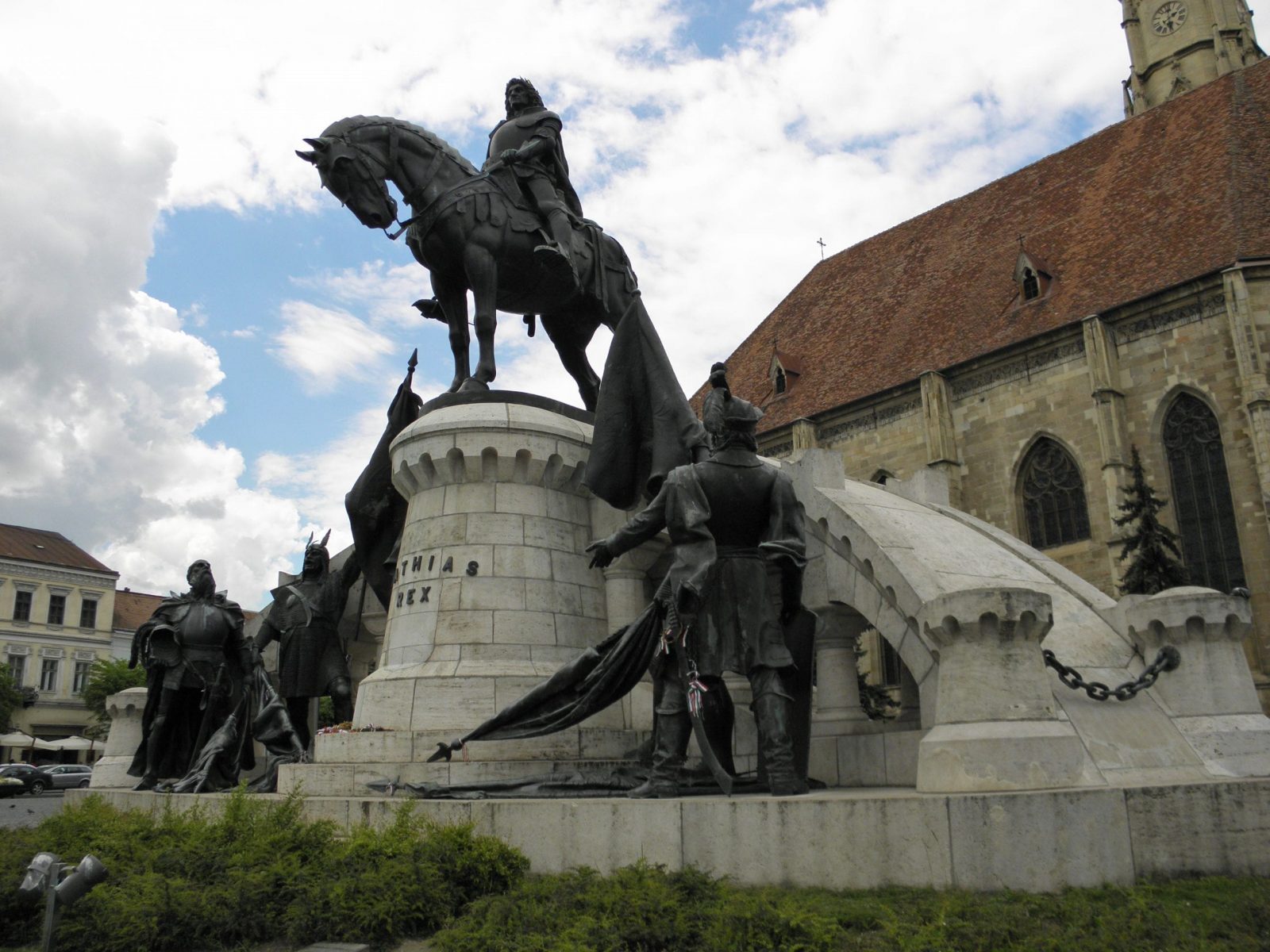
The statue of Matthew Corvinus (Matei Corvin), in fact the sculptural ensemble of Hungarian king Matthias Corvinus (1443-1490), is located in Unirii Square, a central public space of the medieval city of Klausenburg, about 500 meters from the house where he was born in 1443 as the son of Iancu de Hunedoara (1407-1456) and Elisabeta, who became king of Hungary. The layout of this statue was made by sculptors Janos Fadrusz and Lajos Pakey, winning in 1900 the grand prize of the Universal Exhibition in Paris.
Matei Corvin is surrounded by four contemporary leaders: Blasiu Magyar – Commander of the Black Army, Stefan Zapolya – the second man in the Hungarian state, Paul Chinezul – the Timis Command, Stephen Bathory – voivode of Transylvania. The monument is made of bronze and was inaugurated in 1902. In 1919, the historian Nicolae Iorga intervenes to preserve the monument on the current site, placing a plaque on the basement, specifying the Romanian origin of the Hungarian king.
“Alexandru Borza” Botanical Garden in Cluj-Napoca
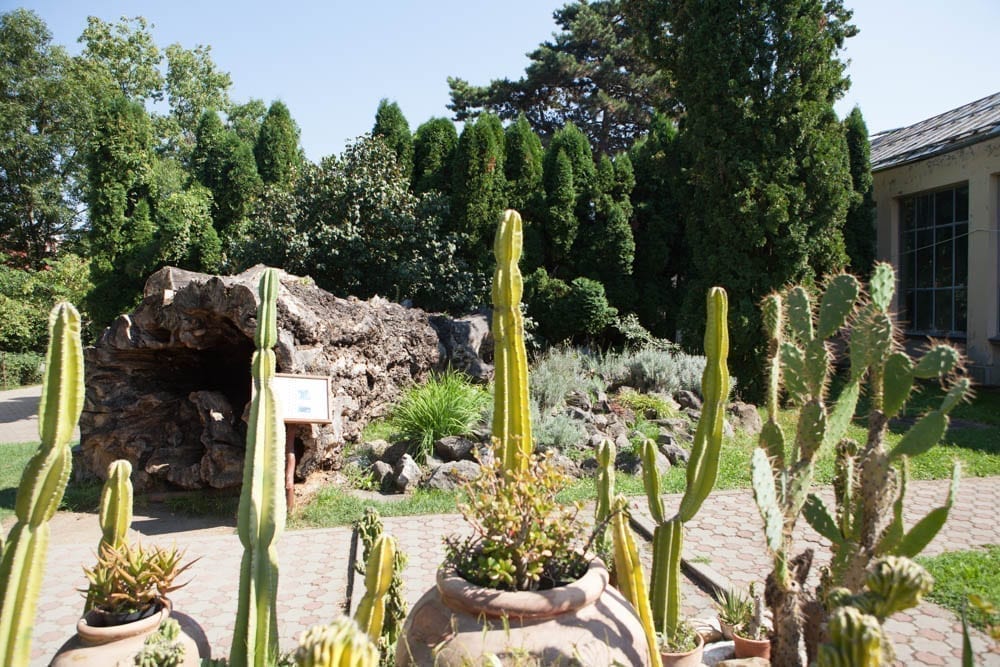
The Botanical Garden was founded in 1920 by Professor Alexandru Borza and is subordinated to the „Babeş-Bolyai” University.
The garden occupies an area of 14 hectares with various collections of plants that make up about 10,000 species. The space is divided into several sectors: ornamental, geobotanical, systematic, economic and medicinal plants, each with its own specificity.
The Roman Garden is dominated by the statue of the goddess Ceres and various archaeological pieces discovered in the Roman city of Napoca, being arranged with a variety of plants which used to grow in the Roman gardens. Also, the Japanese Garden is arranged in a traditional Japanese style and includes Japan-specific landscape features: an artificial lake, in the middle of which is a small island linked to the lake’s edges on one side by a Japanese curved bridge at the end of which one finds a sacred Japanese gate. The area is planted with plants brought from the Orient.
The Botanical Garden is also home to the Botanical Institute, the Botanical Museum and, the Herbarium of the University, which houses 655,000 sheets with plants from all over the world.
TURZII GORGES
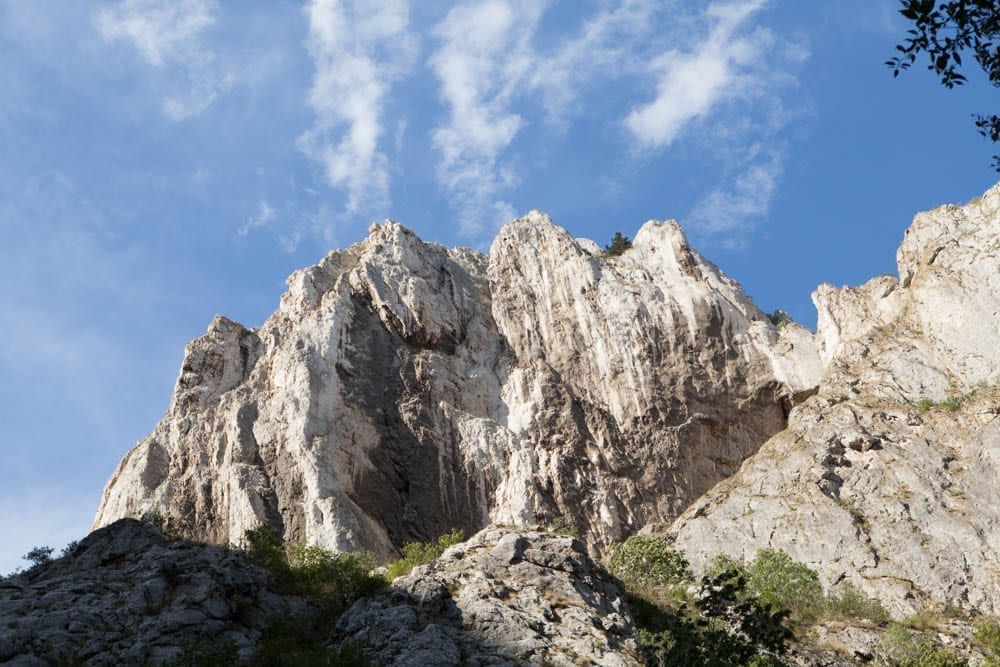
Turzii Gorges is located at the eastern boundary of the Apuseni Mountains, Trascăului Mountains range. The latter are bounded by the Ampoiului Valley in the South, Hills of Cluj in the North and Gilău Massif – Muntele Mare (Great Mountain) in the West.
Turzii Gorges was formed during the Jurassic period, as a result of the limestone erosion caused by Hăşdate River. It is nearly 2 km long and 200 m vertically expanded, with the highest walls among the Apuseni Mountains.
The scenery presents a wide variety of karst topography with erosional caves (more than 60) following the Hăşdate stream, featuring scree, rocky cliffs, plain paths going across sharp walls or rock and scree fragments turning into rich vegetation.
The region flora includes over 1.000 floral species, among which White Gillyflower, Wild Thyme, Piebald Tulip or Callistephus . As for the fauna, there can be found various bats, fish (Cobitis, Squalius cephalus), amphibians and reptiles (Bittern, crested Triturus, Vipera berus) or birds species (nightingale, woodpecker).
Turzii Gorges also offers tourists and mountaineers plentiful facilities for leisure and practicing other sport activities, such as climbing, zipline or Via Ferrata trail, all these carried out under the strict supervision of the Mountain Rescue (Salvamont) staff.
“ROMULUS VUIA” NATIONAL ETHNOGRAPHIC PARK
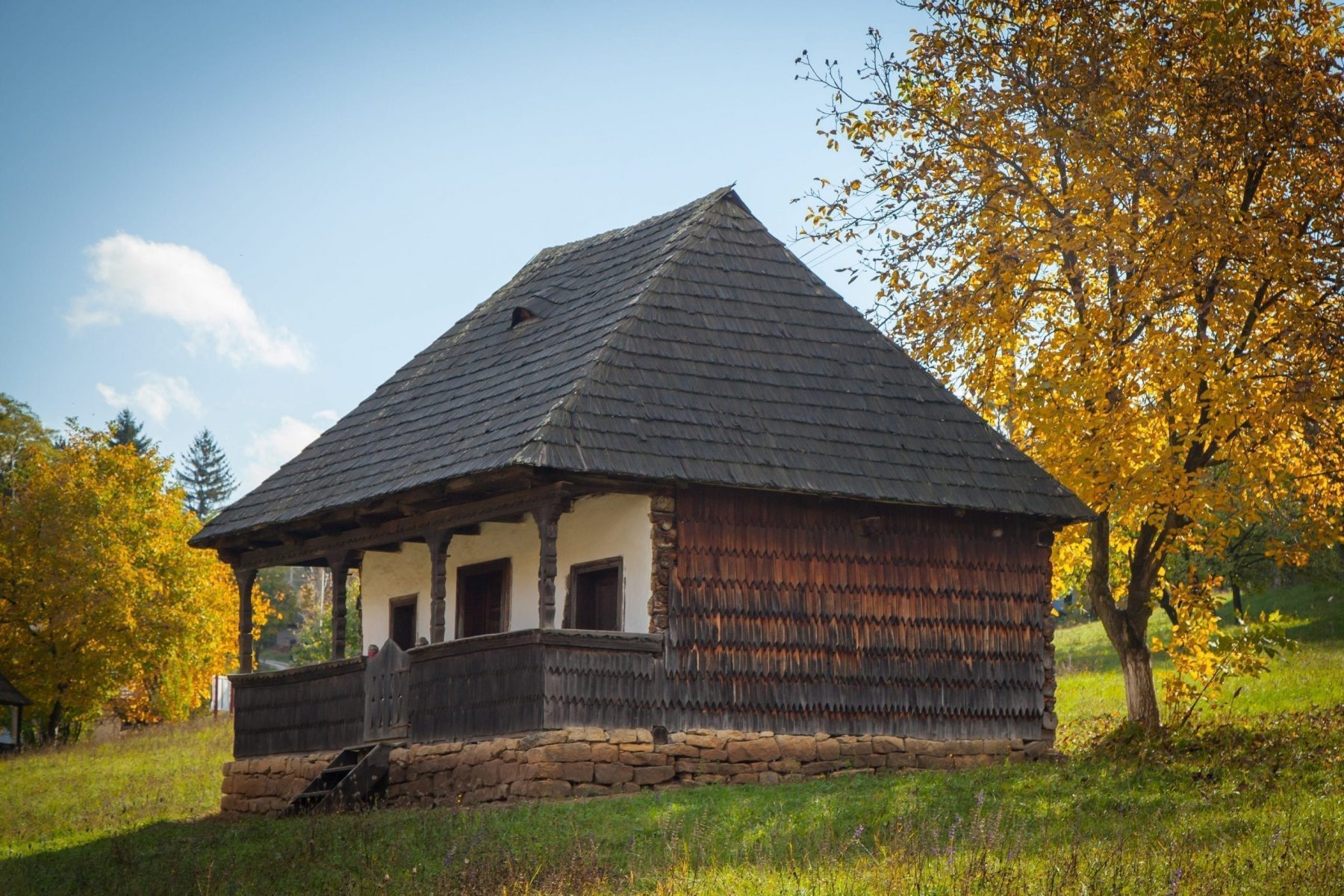
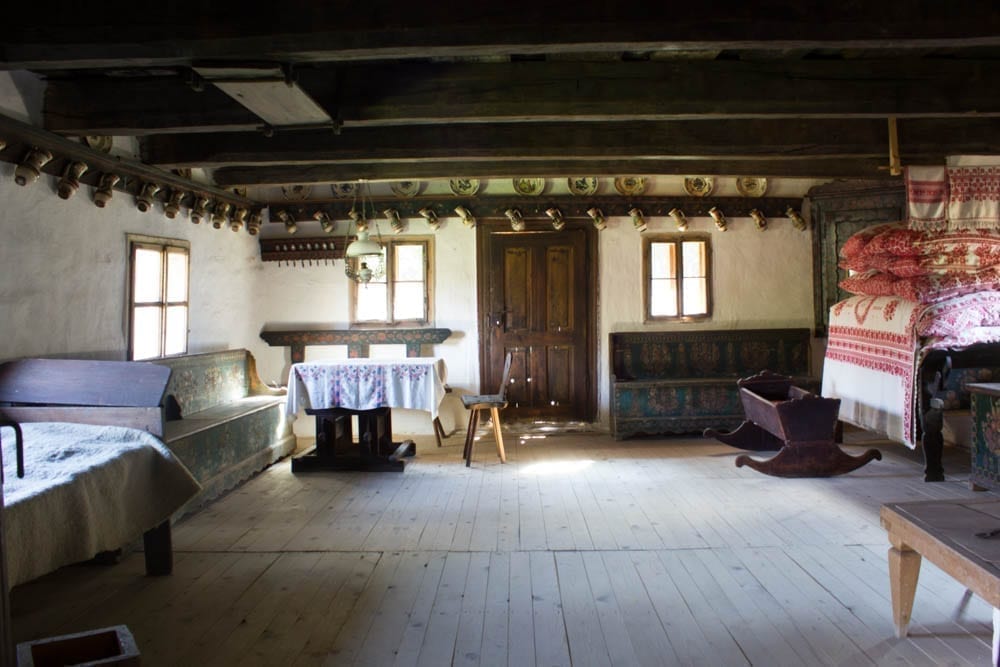
“Romulus Vuia” National Ethnographic Park is an open-air museum and one of the two sections of the Ethnographic Museum of Transylvania, established on April 12th 1929. This section was called “Romulus Vuia”, paying homage to the founder of this park.
The first sector includes technical installations and rural workshops from the 18th-20th centuries, which display the traditional techniques of wood and iron crafting; gold, wool canvas, clay and stone processing; cereals milling and oil production. The second sector contains traditional rural households representative for distinct ethnographic regions from Transylvania, comprising constructions dating from the 17th-20th centuries, equipped with the entire necessary household inventory.
Three of the most beautiful wooden churches in Transylvania are preserved in “Romulus Vuia” National Ethnographic Park: the church from Cizer (Sălaj county), built in 1773 by Nicola Ursu (also called Horea); the church from Chiraleş (Bistriţa Năsăud county) from 17th century and the church from Petrindu (Sălaj county), dated from 1612.
Very close to the ethnographic park lies Hoia-Baciu Forest, one of the most famous places in the world, where paranormal phenomena are recorded. Although its fame is due to these strange happenings, the site is quite picturesque for visiting, surrounded by strangely shaped trees and offering a wild oasis in the immediate vicinity of the city.
(From the special edition of TB 86 – „ENJOY TRANSYLVANIA!” – May/June 2019)


